How do metals react with concrete?
Fleur
18 years ago
Related Stories
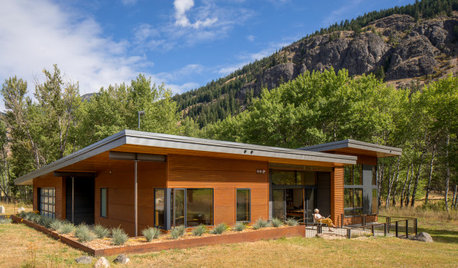
LANDSCAPE DESIGNHow to Make Your Metal House Feel at Home in the Landscape
Pull textures and hues from home to garden while allowing nature to take its course
Full Story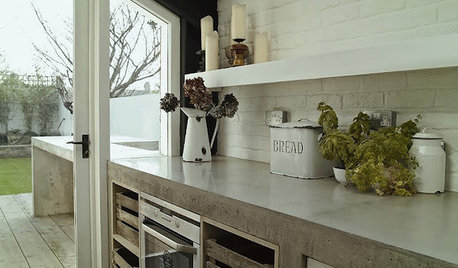
KITCHEN COUNTERTOPSKitchen Counters: Concrete, the Nearly Indestructible Option
Infinitely customizable and with an amazingly long life span, concrete countertops are an excellent option for any kitchen
Full Story
MATERIALS10 Cool Things to Do With Concrete in Your House
Humble concrete is being reinvented in everything from bathroom fixtures to lampshades
Full Story
HOUSEKEEPINGDon't Touch Another Stain Before You Read This
Even an innocent swipe with water may cause permanent damage. Here's what to know about how rugs and fabrics react
Full Story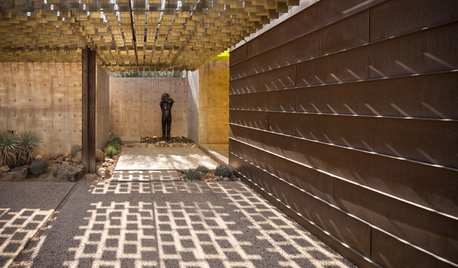
REMODELING GUIDESMetal Works Wonders With Home Exteriors
Whether they use steel panels, a copper skin or corrugated cladding, these metal home exteriors gleam with ingenuity
Full Story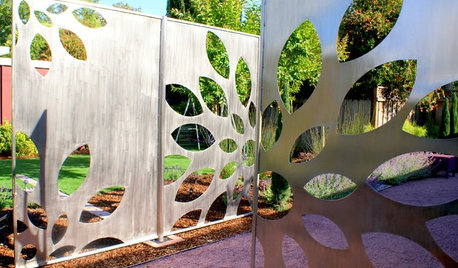
LANDSCAPE DESIGNPolish Your Garden's Look With Metal
Use iron dividers and planters, steel steps and walls, and even metal water features to give a landscape a decorative edge
Full Story
METALAdd a Little Metal to Make Your White Room Shine
Metal finishes add depth and interest to white spaces. Which ones will create the mood and character you’re after?
Full Story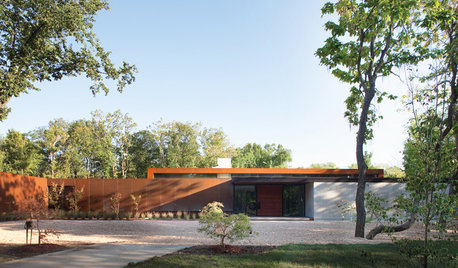
MODERN HOMESHouzz Tour: Heavy Metal Rocks a Modern Missouri Home
Steel shows up all over this single-level family home, but wood and other textures warm the look
Full Story
REMODELING GUIDES5 Places to Love Corrugated Metal in Your House
It’s budget friendly, versatile and even colorful. Is it any wonder this popular exterior material is making inroads indoors?
Full Story
HOUZZ TOURSMy Houzz: Going Heavy on the Metal for Industrial-Style Beauty
Steel and iron pieces mix with antiques and heirlooms in an eclectic Netherlands home
Full StorySponsored
Experienced Craftsman & Exceptional Quality Masonry in Franklin County






Belgianpup
FleurOriginal Author
Related Professionals
Reading Landscape Architects & Landscape Designers · Tempe Landscape Architects & Landscape Designers · Glen Ellyn Landscape Architects & Landscape Designers · Kyle Landscape Architects & Landscape Designers · Surprise Landscape Contractors · Athens Landscape Contractors · Corona Landscape Contractors · Fairhope Landscape Contractors · Hayward Landscape Contractors · Middle River Landscape Contractors · Nutley Landscape Contractors · Post Falls Landscape Contractors · Sugar Hill Landscape Contractors · West Covina Landscape Contractors · Woodburn Landscape Contractorstango88
billie_ann
Belgianpup
FleurOriginal Author